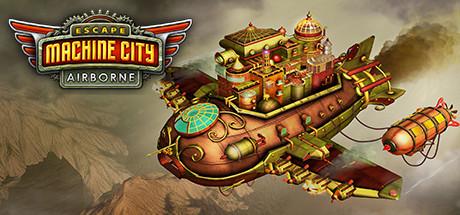Introduction
Escape Machine City: Airborne is an escape room puzzle game for mobile phones. It is designed by Snapbreak Games and is intended for audiences of ages 4+ and lovers of steampunk games. In the game, you are investigating a mystery behind Air City, a ship that has suddenly gone quiet by unlocking rooms to uncover a deeper story.
Important Formal Elements
Players
This game is a single-player game. You are the only person on a flying ship trying to uncover what went wrong. There seems to be an underlying narrative that drives you as the player, but it is not too clear to be honest. There is more of a focus on the mechanics of each puzzle rather than the narrative in this game.
Objective
The objective of the player is to escape each room by unlocking them.

A room represents a level in this game. Each room has a different spatial organization and layout with different clues, similar to physical escape rooms. The rooms and their designs often contribute to the solve of puzzles in this game.
Resources
This game relies on picking up resources in a key and lock strategy in order to unlock rooms. You don’t get much information about why you’re picking up certain items until you discover their uses in the game. Resources are used in puzzles to either unlock rooms or hint at solutions.
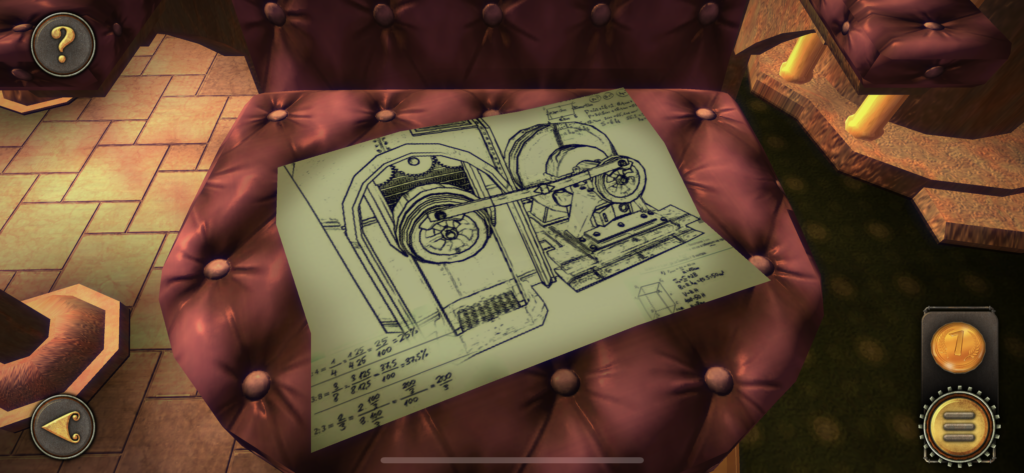
There are also diverse types of puzzles, which I appreciated as a player! Some rely on logic and matching, while others rely on skill (like the claw machine in the game).
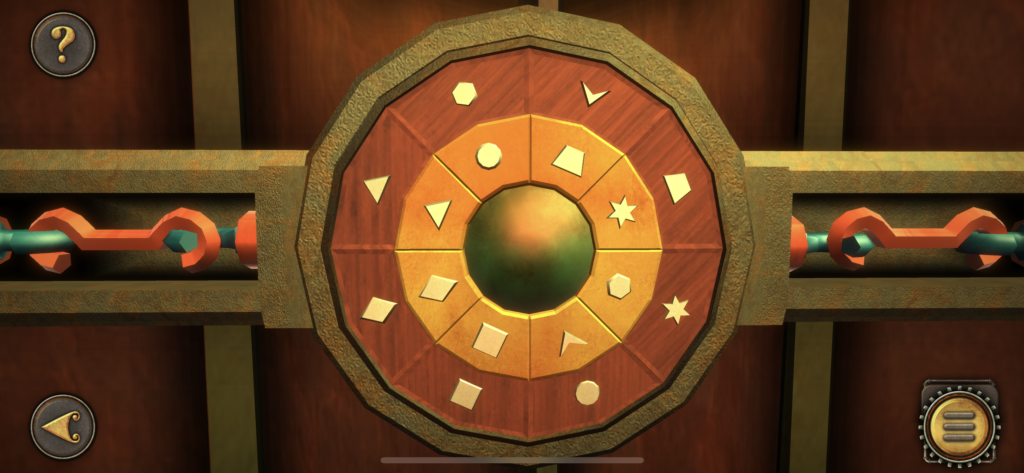
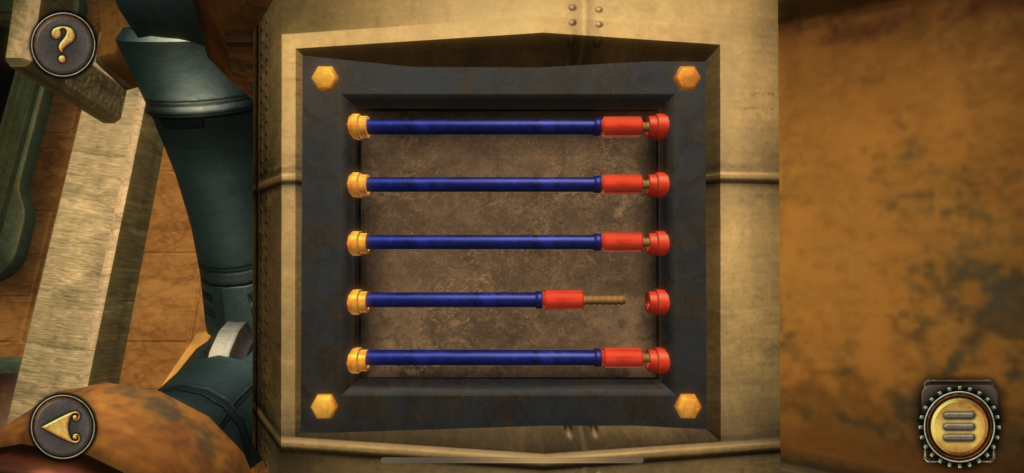
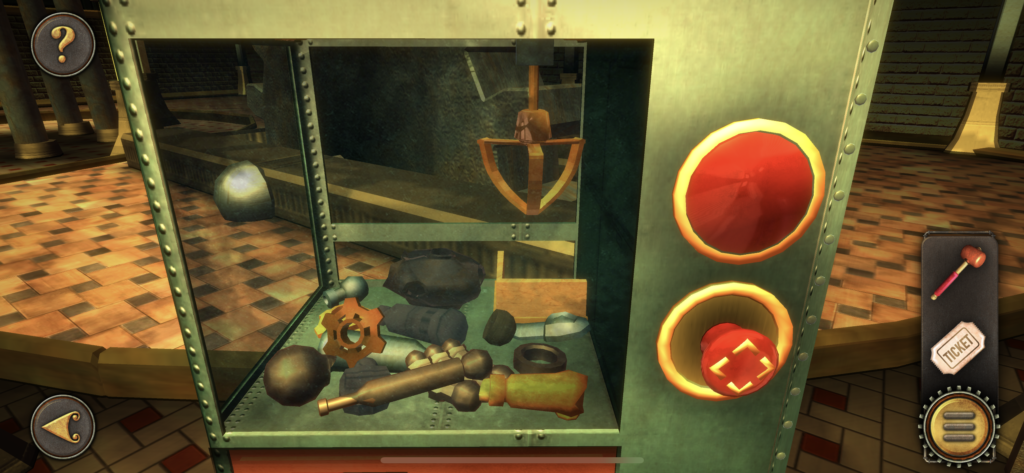
Type of fun
Sensation: Despite being digital, this game engages the senses. You can physically interact with objects to unlock puzzles, spilling water, turning cranks, opening doors, and moving objects.
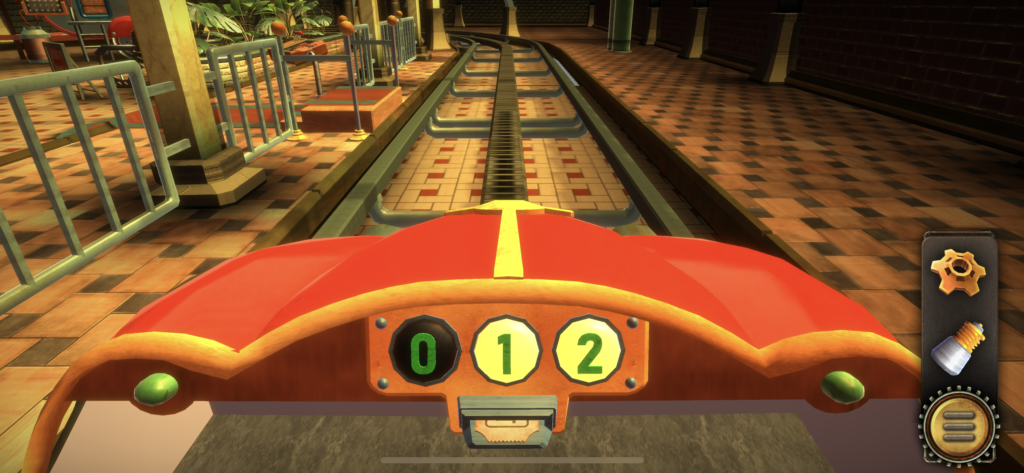
There is even a part of the puzzle that relies on riding a roller coaster that adds to the player sensation of being in this mysterious world. Sensation helps the realism of the puzzles you’re solving.
Challenge: That being said, by nature of being an escape-room themed game, this game relies heavily on puzzles as a mechanism for the type of fun.
Moments of particular success or epic fails
Particular Success
- I finished all the available levels that I could pay. I felt like the puzzles were quite doable – even a little easy sometimes. It was successful and satisfying for me because it felt manageable to play in a short amount of time.
- The 3-D mechanics of being able to turn and rotate a room was quite engaging, and kept me motivated to play because of the clear UI of the game. I loved the steampunk aesthetic that contributed to the overall design of puzzles in the game.
Epic Fails
- I had to use a hint because I just couldn’t figure something out since it wasn’t visually clear from the puzzle where I should put my item.
- I thought that the narrative was really hard to follow between rooms.
Things you would change to make the game better
- There isn’t much of a storyline, so some of the puzzles seem a bit nonsensical in relevance to the overall plot. I would make the plot stronger to make the puzzles feel cohesive.
- I would have loved the ability to explore more of the setting. One limitation of digital escape games is that you can’t explore around you as you can in a physical world, which means you miss out on some of the excitement of where to find hidden objects. It’s usually quite easy to find them in a digital game (it’s anywhere where you’re allowed to click). I think the game would be much more fun if there was more ambiguity around the objects you collect.


